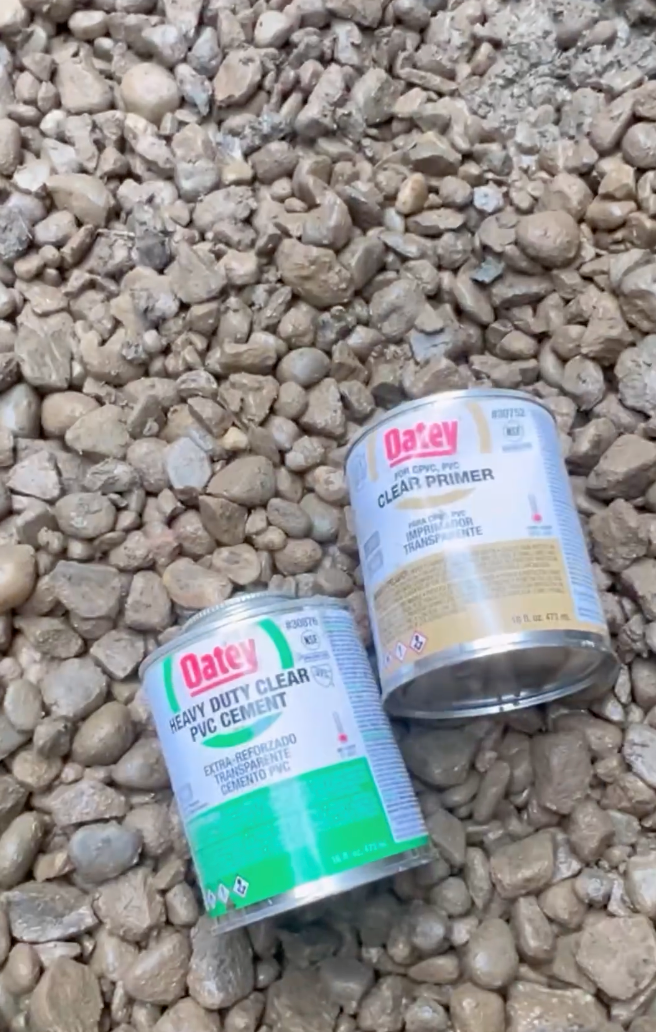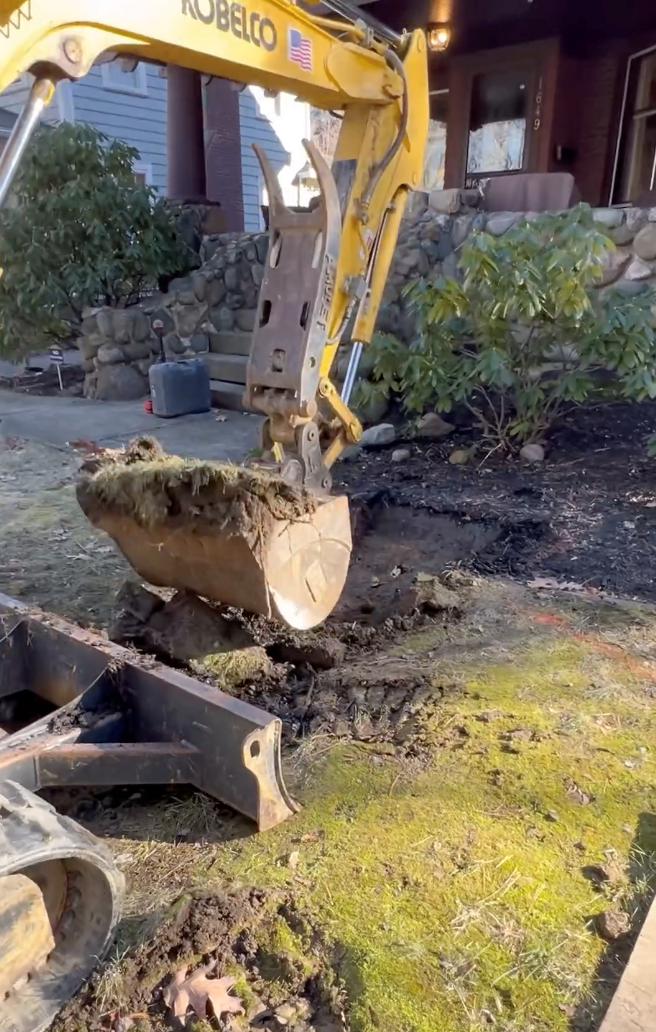CLEVELAND, OHIO — Mike Caruso is part-owner of AC Plumbing, Heating and Mechanical, a family-owned business founded over 40 years ago. Following his father’s retirement, Caruso has taken charge of the plumbing department, bringing more than 15 years of experience in the trade. Specializing in both residential and commercial projects, AC Plumbing offers a wide range of services, including remodeling, service maintenance, new construction, as well as sewer drain cleaning and repairs.
Following his father’s retirement, Caruso has taken charge of the plumbing department, bringing more than 15 years of experience in the trade. Specializing in both residential and commercial projects, AC Plumbing offers a wide range of services, including remodeling, service maintenance, new construction, as well as sewer drain cleaning and repairs.
Recently, Caruso undertook work on a spot repair for an underground clay storm drain. “The project was in a residential area,” Caruso explains. "We were called in due to a drainage backup issue in the basement. This situation suggested to me that there was a problem with the sanitary main.”
 Before Caruso and his crew could begin their excavation to identify the problem, they first attempted to clear the drain using a commercial snake machine. However, for this particular client, who had recently moved into the home, they discovered that the sanitary main was obstructed by tree roots extending approximately 40 feet.
Before Caruso and his crew could begin their excavation to identify the problem, they first attempted to clear the drain using a commercial snake machine. However, for this particular client, who had recently moved into the home, they discovered that the sanitary main was obstructed by tree roots extending approximately 40 feet.
Caruso notes that root intrusion is prevalent in neighborhoods with homes constructed before the 1970s, before the market introduction of PVC piping and fittings. Trees naturally seek out water sources, and their roots grow more significantly in areas with continuous water availability.
Consequently, wherever traditional clay storm and sanitary drainage systems provide constant water, tree roots can flourish, sapping energy from the drainage infrastructure and leading to significant issues.
“I would say 90 percent of homes we service have some form of root intrusion if they have a clay drainage system,” explains Caruso. “The issue can escalate to the severity of this specific project, where the entire system is impacted. This necessitates excavating the area entirely to locate and address the source of the problem.”
 After locating the source of the problem, Caruso and his team replaced the entire 40-foot line with Schedule 35 PVC piping, connecting the pipe using Oatey primer and PVC solvent cement.
After locating the source of the problem, Caruso and his team replaced the entire 40-foot line with Schedule 35 PVC piping, connecting the pipe using Oatey primer and PVC solvent cement.
Specifically, AC Plumbing used —
- Oatey® Clear Primer - NSF Listed, which removes contaminants, such as surface dirt, grease, and grime, and softens the pipe surface to allow for a fast, secure solvent weld; and
- Oatey® Heavy Duty Clear PVC Cement to fill gaps in large diameter pipe and loose-fitting joints. The cement’s thick formula is still easy to apply with an included in-lid dauber.
Caruso’s familiarity with Oatey is rooted in this Cleveland, Ohio-based manufacturer’s long-standing relationship with AC Plumbing. His recognition of Oatey as a well-established name in the plumbing industry has translated into consistent use of its products over the years.
“The key factor when we select a product brand is its reliability,” Caruso emphasizes. “We’ve relied on Oatey products for years, and they’ve routinely delivered. Their products are not only dependable but also durable, standing the test of time.”
 Oatey’s dependability was clearly demonstrated when Caruso and his team undertook the complete repiping of the main with new materials. Facing a severe root intrusion, Caruso was confident in the primer and cement products he chose, ensuring the new homeowner would enjoy peace of mind.
Oatey’s dependability was clearly demonstrated when Caruso and his team undertook the complete repiping of the main with new materials. Facing a severe root intrusion, Caruso was confident in the primer and cement products he chose, ensuring the new homeowner would enjoy peace of mind.
Caruso has an essential tip for other homeowners with older traditional clay systems to mitigate root intrusion damage and prevent it from worsening:
“Hire a licensed professional to conduct an annual inspection with a camera inspection to visually assess the current conditions and check for any signs of root intrusion. A plumber can then employ a cable machine to remove the roots from the system, preventing potential damage.
“And don't forget that your drains are underground, which can easily be overlooked,” emphasizes Caruso. “Any inspection is beneficial.”
See more at @plumbingstateofmind on Instagram.